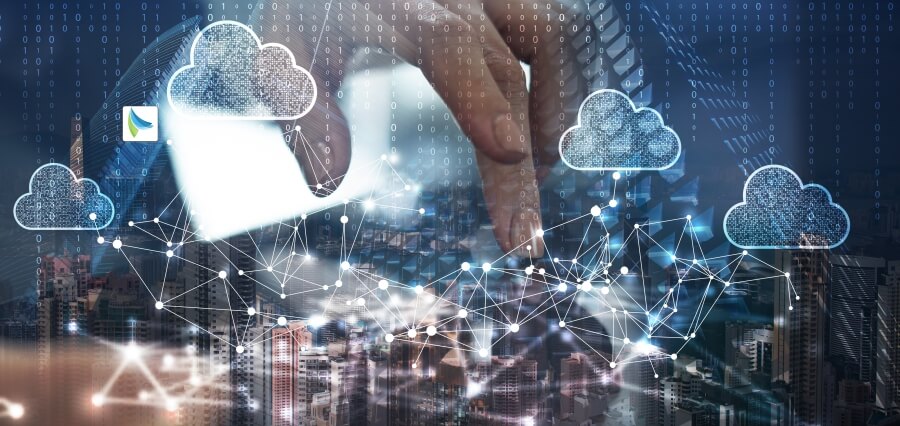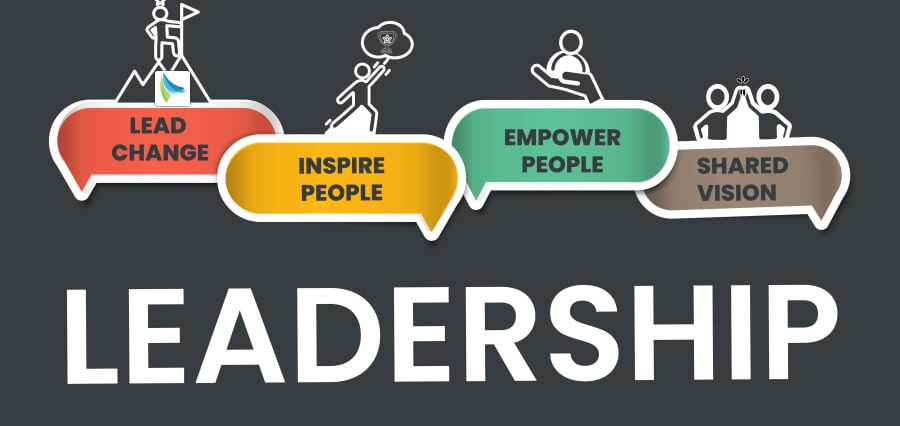The record level of connected devices, AI, and IoT environments has triggered an unprecedented level of data explosion. Autonomous vehicles and smart cities to telemedicine and automation of manufacturing, rapid, efficient, and secure processing of data is no longer a technology issue but a strategy issue. As businesses attempt to forge ahead in this changing world, two paradigms have come into the limelight: edge computing and cloud computing. Both of them has a strength, and the combination of both can quite possibly decide the fate of digital infrastructure.
Learning about the Cloud Computing Model
Cloud computing revolutionized IT by making centrally hosted, on-demand resources available. By placing services within provider-owned behemoth data centers like Amazon Web Services, Microsoft Azure, and Google Cloud, organizations gained elastic storage, metered computing power, and cutting-edge analytics without having to invest capital in behemoth on-premise infrastructure.
This model placed compute power in everyone’s reach, allowing startups and companies to scale quickly, only pay for what they use, and leverage stable infrastructure offered by multinational giants. It also made possible the deployment of applications quickly across geographies, making the cloud a requirement for global operations, content delivery, and SaaS deployments.
However, latency, bandwidth limitations, and data privacy concerns have begun to increasingly expose some of the vulnerabilities of cloud-based only solutions—most notably applications with real-time decision-making or run in remote locations.
Latency vs. Scalability: The Central Trade-Off
At the heart of the edge vs cloud debate is a balance between latency and scalability. Edge computing wins out when responsiveness and speed are of the utmost importance. Cloud computing remains the best choice if huge scale, storage, or centralized talent is required.
Consider an example of a smart city traffic management system. Edge sensors can detect gridlocks, accidents, or pedestrian traffic and make dynamic decisions on traffic lights. But for tracking trends over a period of time, predicting future traffic trends, and optimizing infrastructure throughout the city, cloud-hosted AI and aggregated historical data are still needed.
And so the future is more of a both-and situation—it is a sophisticated utilization of both, contingent upon what the moment demands of it.
Security, Privacy, and Compliance Considerations
One of the most compelling cases for edge computing is that it has the power to improve data compliance and privacy. With regulations such as GDPR, HIPAA, and other data sovereignty regulations, businesses are coming under increasing pressure to control where and how data comes to be processed and stored.
By housing data on premises and reducing the quantity of sensitive information that must travel to the cloud, edge solutions offer a means to comply with such rules with less vulnerability exposed. Plus, because edge systems limit data travel, they reduce the surface area that is vulnerable to cyberattacks along the way.
On the other hand, edge devices themselves may not possess advanced security controls integrated into cloud platforms. Therefore, they become susceptible to attack unless secured properly, especially when deployed in distributed and resource-constrained environments.
AI at the Edge: The Next Frontier
The combination of edge computing and AI is unlocking new opportunities. Edge AI refers to putting machine learning models on the edge device, thus enabling smart real-time decisions. This is of specific significance in applications such as predictive maintenance, autonomous vehicles, and real-time fraud detection.
Tech innovations—from edge AI chips for specialized use cases to miniature neural processing units—are driving this trajectory. As models are becoming leaner and meaner, edge AI should increasingly own retail and agri applications, public safety, and defense.
However, training these kinds of models is typically something the cloud does, offering the computational brawn deep learning requires. This edge-cloud pattern—cloud training, edge inference—is becoming the blueprint for intelligent systems.
Conclusion: The Future Lies in Synergy
The future of data processing is not edge or cloud as a zero-sum game. Rather, it is their integration. With organizations consolidating operations to digitize and demanding quicker, smarter systems, the optimal combination of edge and cloud will define next-generation IT infrastructure.
Those organizations that can master this balance will be enhancing not only performance and security but also preparing for the future of operating in an increasingly connected, more intelligent world.
Read more : The Rise of Cloud-native Applications: Speed, Scale, Security











